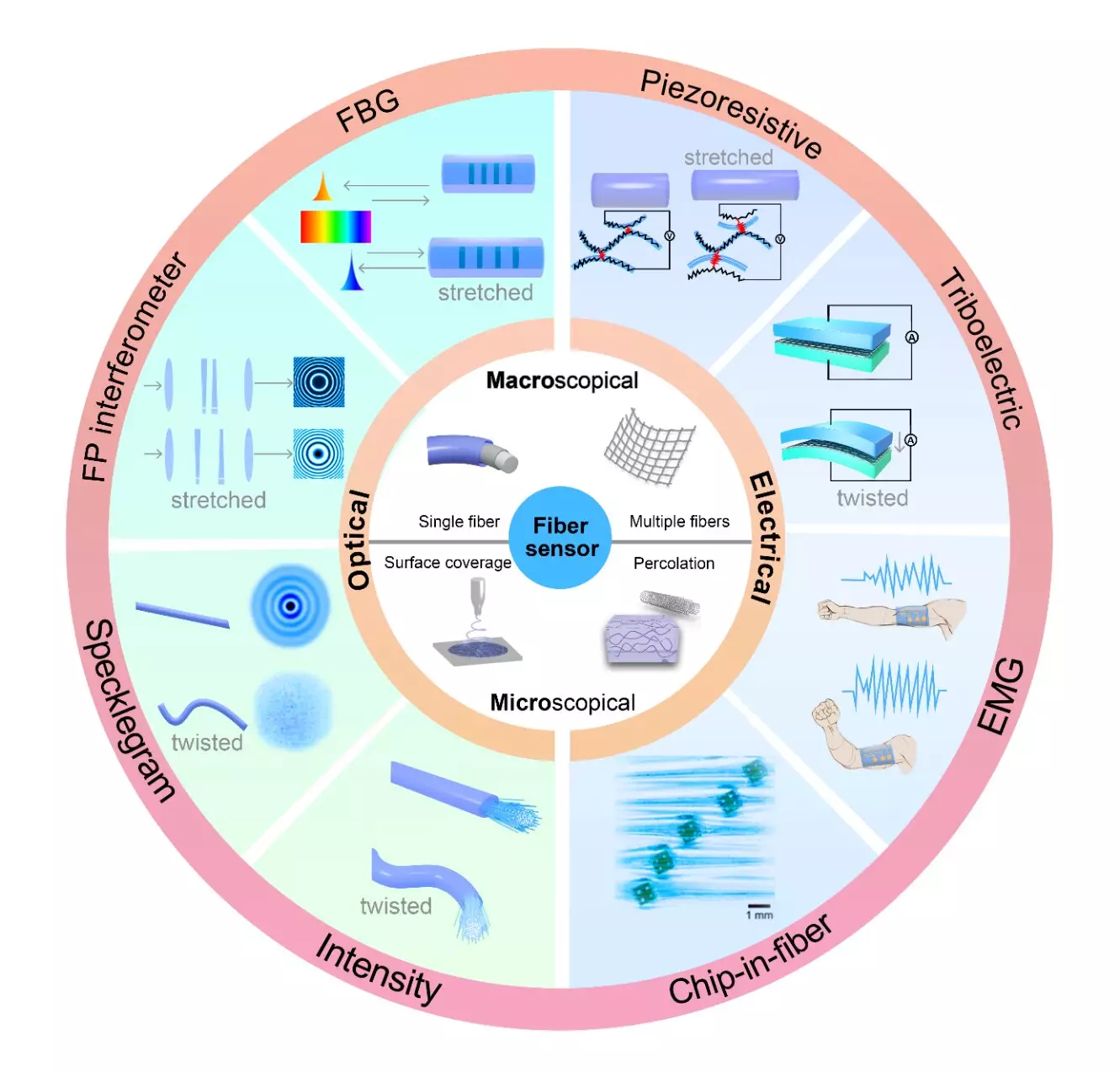The past ten years have witnessed an unprecedented surge in artificial intelligence (AI) capabilities, particularly in the domain of wearable technology. This remarkable progress has been fueled by the integration of machine learning—a crucial pillar of AI—into various devices. Among the spectrum of machine learning techniques, deep learning stands out, offering profound insights into complex datasets and hidden information. The capacity of these algorithms to automate data processing significantly reduces the labor and time involved in feature extraction, a process that previously required extensive human involvement.
As we wade deeper into the information age, the challenges posed by data overload become apparent. Wearable devices equipped with AI now have the potential to analyze vast amounts of data derived from users, leading to smarter and more efficient personal technology. A recent study published in *Advanced Devices & Instrumentation* underscores this shift by categorizing the various machine learning algorithms utilized in conjunction with fiber sensors, highlighting both traditional approaches—like linear regression, support vector machines, and random forests—and contemporary strategies rooted in deep learning.
For those unfamiliar, fiber sensors are innovative alternatives to traditional hard electronic devices, particularly for daily wear applications. These sensors can be fundamentally categorized based on their operating principles, which predominantly include optical and electrical methodologies. The optical category encompasses technologies such as Fiber Bragg Grating (FBG) and Fabry-Pérot interferometry, while the electrical category features piezoresistive and triboelectric sensors.
The unique advantages of fiber sensors lie in their flexibility and comfort, allowing for potential integrations into smart clothing that could monitor physical conditions seamlessly. While current iterations largely focus on mechanical signals—like pressure and deformation—there exists a rich array of untapped data from other sources. For example, metrics related to light intensity, temperature changes, and environmental conditions are often overlooked but could enhance the comprehensiveness of wearable technology.
Despite the promising landscape, considerable room for growth remains. A critical observation is that many existing wearable fiber sensor systems only yield singular types of data, predominantly mechanical in nature. Expanding the scope of data collection is imperative to fully leverage the capabilities of machine learning. Recent advancements in AI, such as reinforcement learning and generative adversarial networks (GANs), have yet to make significant inroads into wearable technology.
To unlock the true potential of intelligent wearable systems, it is essential to incorporate up-to-date machine learning techniques into fiber sensor applications. By doing so, future devices could not only become more versatile and responsive but could also facilitate improvements in user comfort and experience. As researchers explore these cutting-edge methodologies, the intersection of fiber sensors and AI holds tremendous promise for creating intelligent, user-friendly, and effective wearable solutions that could seamlessly blend into daily life.
The path ahead for wearables is paved with opportunity, demanding ingenuity and interdisciplinary collaboration to harness the full spectrum of data that fiber sensors can provide. As advancements continue, we may soon find ourselves relying on these sophisticated technologies in ways we have yet to envision.


Leave a Reply